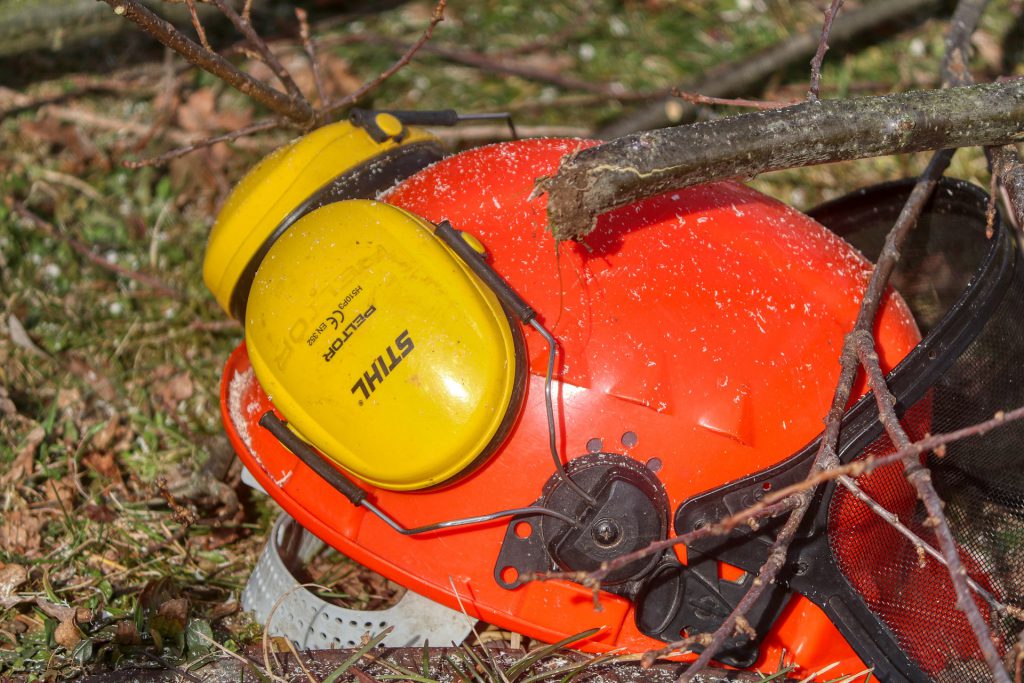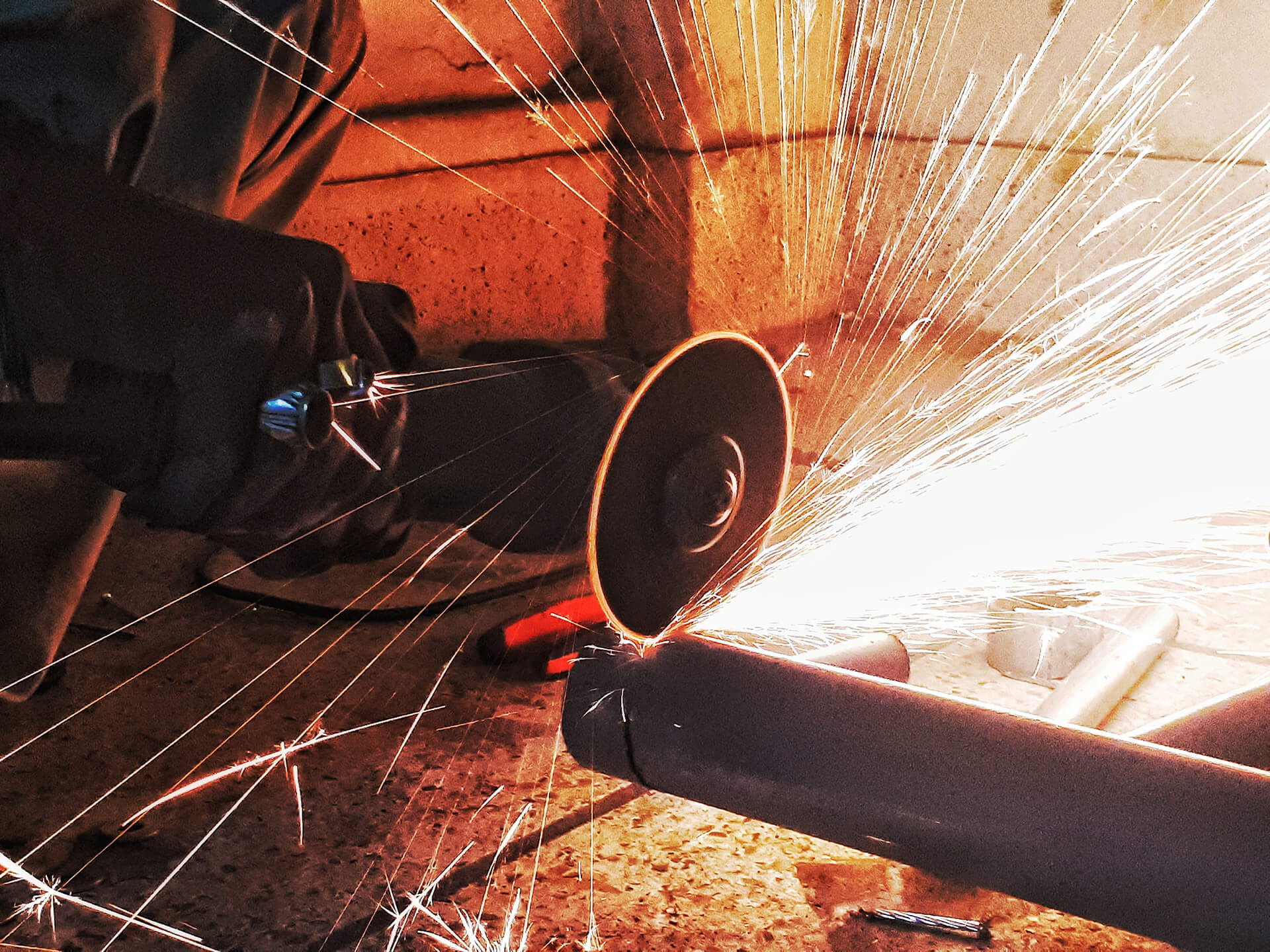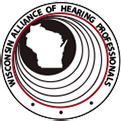Hearing Loss among US Steelworkers today is a serious problem. Noise-induced hearing loss (NIHL) is a sensorineural hearing loss as a result of chronic exposure to excessive sound for long period.
The result of a public health survey in the United States shows that 8.4 % of adult citizens have a hearing level > 25 dB. They suspect the hearing loss is due to exposure to noise.
Factors that influence NIHL are age, hereditary and systemic diseases, infection of the middle ear, ototoxic drugs, race, fatigue, and smoke.
Table of Contents
Noise-Induced Hearing Loss (NIHL)
Noise-Induced Hearing Loss (NIHL) is one of the most serious occupational issues and is an irreversible but preventable disorder.
Studies conducted in 2014, showed that 360 million people worldwide have hearing disabilities, and hearing loss was the 13th imposing factor of disease burden measured as Disability Adjusted Life Years (DALYS).
Recent studies show that numerous factors, including noise, age, organic solvents, heavy metals, smoking, high blood pressure, and blood fat, are associated with work-related hearing loss.
Age is the most common factor for hearing loss, and age-related hearing loss is known as presbycusis. While age-related hearing loss or presbycusis is very common among older people, noise is the most dangerous factor and is present in nearly every industry. Industries with noise pollution are iron and steel, molten metal, wood, textile, aviation, and chemical.
Noise-Induced Hearing Loss (NIHL) occurs along with sensorineural hearing loss in high frequencies (between 3000 Hz and 6000 Hz) and the highest amount of hearing loss is usually seen around 4000 Hz.
Noise-induced hearing loss occurs often during the first 10 to 15 years of exposure and at high frequencies and will mostly start at 4000 Hz frequency, yet its rate will vary depending on the individual and environmental factors.
Read More: Noise Hazards at the Workplace >
Noise Exposure in the Steel Industry
The steel industry is one of the most important sources of economic development in various fields, structures, and construction.
A recent report noted that around 28% of workers are exposed to noise levels between 85 and 90 dB. In steel industries, a lot of noise is produced due to the type of production process and the use of equipment, including compressors, machine grinders, jets, and hammers.
Read More: Understanding High and Low-Frequency Hearing Loss >
Exposure to noise could lead to negative consequences, including temporary and permanent hearing loss, and physiological and psychological adverse effects, such as sleep disturbance and anxiety in the workplace.
In industrial environments, cardiovascular problems, sick absenteeism, tired employees, declining productivity, and increasing efficiency and risk of incidents along with a wide range of other indicators of physical health could be related to exposure to noise.
Being continually exposed to high levels of sound pressure causes damage to the hair cells of the organ of Corte external and internal, which is associated with hearing loss.
Being exposed to continuous sound pressure levels for more than 8 hours are two important parameters that describe the relationship between “constant noise and hearing loss”.
Read More: Occupational Hearing Loss >

Source: Unsplash
Prevention of Noise-Induced Hearing Loss in US Steel Factory Workers
Noise protectors and/or reduced noise exposure are cornerstones of NIHL preventions. It is regulated that the maximal noise intensity level in a working area should not exceed more than 85 dB.
In addition, working time should not be more than 8 hours/day or 40 hours/week, and if noise intensity level more than 85 dB, the management must take preventive actions to decrease noise-induced hearing loss by using an earplug, earmuff, helmet with an earmuff, or by reducing working time. However, the problems are many workers reluctant to use ear protection, and the cost is relatively expensive.
Commonly, it initially occurs in under frequencies and if it continues, it expands to Bam frequencies. Age and work experience are two important factors in relation to Temporary Hearing Loss (TTS) or Permanent Hearing Loss (PTS).
Continue Reading: Types of Hearing Loss >
The National Institute for Occupational Health and Safety (NIOSH) suggested that nearly two million workers in the United States of America have developed noise-induced hearing loss.
Continue Reading: Labyrinthitis Symptoms, Causes, Types, Diagnosis, Treatment >
Several studies have been done to assess the degree of hearing loss caused by exposure to noise generated from equipment used in the steel industry.
Claims for Noise-Induced Hearing Loss in US Steel Factory Workers – Workers Compensation Lawyer
Hearing loss worker’s compensation benefits are largely undiscovered benefits covering hearing health care, which is often uninsured. Many health insurance policies and programs like Medicare do not cover hearing aid purchases but workers’ compensation can.
It also pays for the disability of hearing loss just as it does for the loss of eyesight or other injuries.
Read More: Workers Compensation Lawyers – About Workmans Comp >
Workplace noise doesn’t “cause” hearing loss. It only needs to contribute to the loss. Exposure to “noisy employment” for just 90 days may result in a compensable loss.
The claims require attention to detail mixed with an ability to work well with hearing-impaired retirees and their families, especially spouses, and their hearing health care professionals.
Always feel free to ask Johnson Law Offices about the process, the law, or an individual case. The legal, medical, and audio-metric questions that come into play in a hearing loss workers compensation claim can be complicated.
Sources
- https://www.tandfonline.com/doi/full/10.1080/19338244.2019.1607816
- https://pubmed.ncbi.nlm.nih.gov/21959114/
- https://sites.kowsarpub.com/jjhs/articles/14258.html
Contact Us
If you, or anyone you know, worked in noise and suffers from hearing loss, please do not hesitate to contact us.
Contact Us


